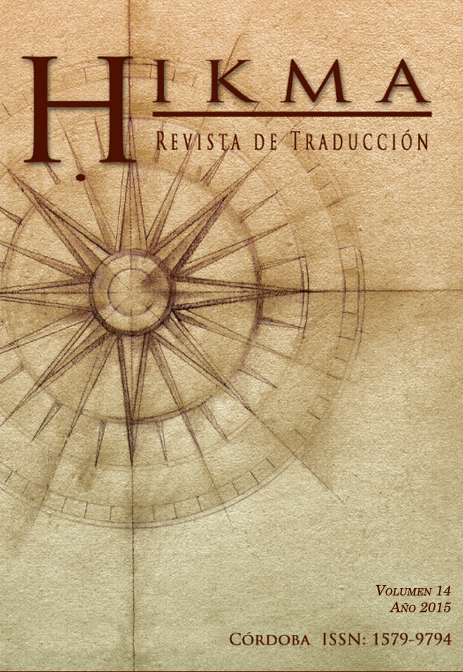Interferencia en la traducción francés/español de textos de ciencias sociales
Contenido principal del artículo
Resumen
La interferencia está presente en todo proceso de traducción y se hace visible en el producto discursivo a través de las desviaciones de prácticas normales y codificadas del sistema meta —transferencias negativas— como así también de las características similares que existen y se utilizan en los sistemas de partida y llegada —transferencias positivas— (Toury, 2004: 345). En el último caso, los resultados son difícilmente identificables puesto que la producción se corresponde con el sistema y las normas de la lengua-cultura de llegada; en cambio, las transferencias negativas se visibilizan como contaminación y su incidencia puede ir desde la elevación de la frecuencia de ciertos elementos sin infringir la norma (Sinner, 2004: 73), que dificultan el ajuste entre la expresión y el contenido por transmitir, hasta el desacierto derivado de la falta de correspondencia entre las lenguas-cultura puestas en juego. De allí que se requiera de esfuerzos especiales del traductor con la finalidad de disociar y contrarrestar los mecanismos discursivos automáticos. Generalmente, la enseñanza de la traducción especializada se centra en la búsqueda terminológica, en la investigación temática, y desatiende la expresión sintáctica pues esta formaría parte de las competencias lingüísticas adquiridas cuya producción es automática. En este trabajo se expondrán los criterios que se han tenido en cuenta para describir las anomalías sintácticas y discursivas en enunciados elípticos de textos traducidos de ciencias sociales por influencia de la interferencia.
Descargas
Los datos de descargas todavía no están disponibles.
Detalles del artículo
Número
Sección
Artículos

Esta obra está bajo una licencia internacional Creative Commons Atribución-NoComercial-CompartirIgual 4.0.
Los autores que publican en esta revista aceptan las siguientes condiciones:
- Los autores conservan los derechos de autor y conceden a la revista el derecho de primera publicación con el trabajo simultáneamente bajo una Licencia de Atribución Creative Commons que permite a otros compartir el trabajo con un reconocimiento de la autoría del trabajo y la publicación inicial en esta revista.
- Los autores pueden llegar a acuerdos contractuales adicionales por separado para la distribución no exclusiva de la versión publicada del trabajo en la revista (por ejemplo, enviarlo a un repositorio institucional o publicarlo en un libro), con un reconocimiento de su publicación inicial en esta revista.
- Se permite y anima a los autores a publicar sus trabajos en línea (por ejemplo, en repositorios institucionales o en su sitio web) antes y durante el proceso de presentación, ya que puede dar lugar a intercambios productivos, así como a una citación más temprana y mayor del trabajo publicado (Véase El efecto del acceso abierto).

